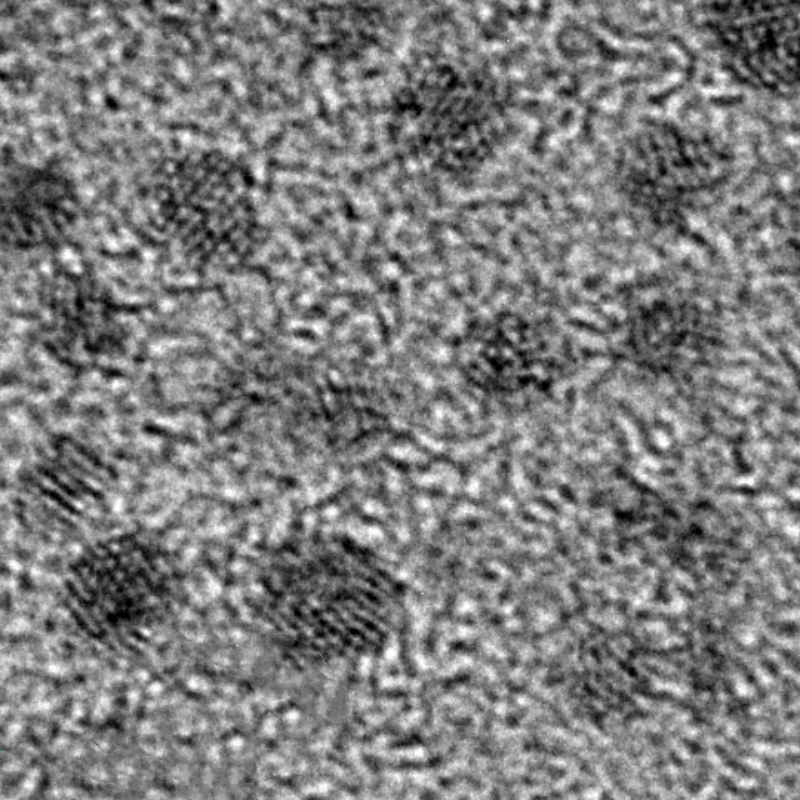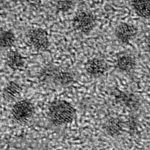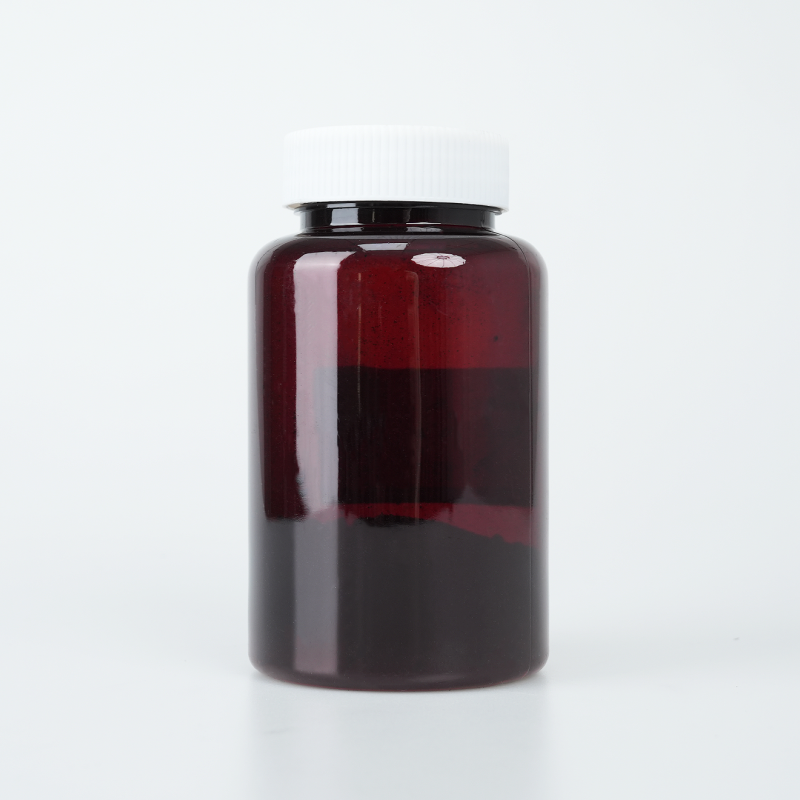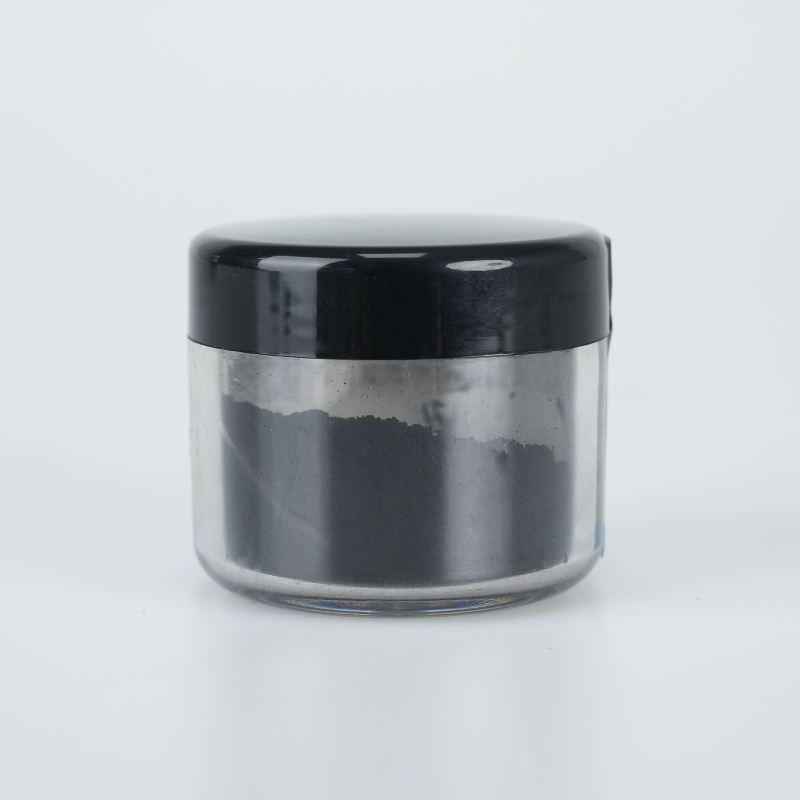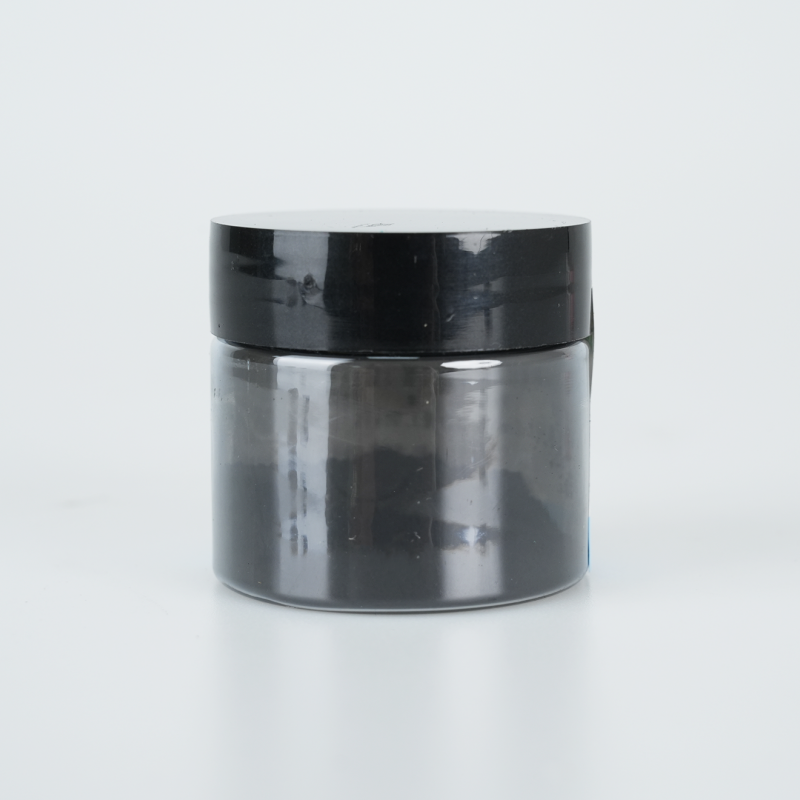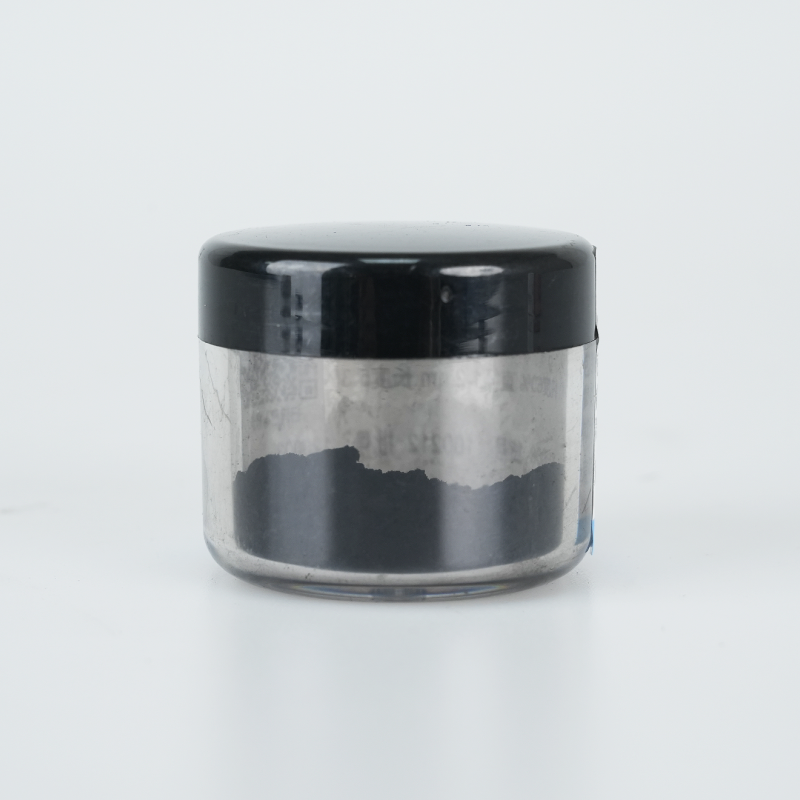Glutathione-reduced gold nanoclusters provide optimized fluorescence, superior biocompatibility, and enhanced antioxidant properties. Designed for advanced applications, they ensure efficient dispersion, extended durability, and high-performance adaptability.
Product Overview
Glutathione-reduced gold nanoclusters (GSH-Au NCs) are composed of gold atoms and glutathione (GSH), where GSH acts as both a reducing agent and protective group in the synthesis of the gold nanoclusters. GSH-Au NCs exhibit excellent optical properties, such as tunable fluorescence emission spectra, which can be adjusted based on particle size and composition. GSH-Au NCs are in a transition state between metal atoms and metal nanoparticles, displaying unique size effects and quantized energy levels. Their low toxicity and biocompatibility make them widely applicable in biomedical fields.
Product Features
- Optical Properties: GSH-Au NCs exhibit fluorescence properties that depend on particle size, with adjustable emission spectra, making them suitable for fluorescence detection across the visible to near-infrared regions.
- Stability: Compared to traditional organic fluorescent dyes and toxic quantum dots, gold nanoclusters offer better stability, lower toxicity, and good biocompatibility.
- Biocompatibility: As glutathione is a naturally occurring biological molecule, GSH-Au NCs have high biocompatibility, making them suitable for a wide range of biomedical applications.
Applications
- Biomarking and Imaging: As fluorescent probes, GSH-Au NCs can label various tissues in biological imaging, including cell and tumor imaging.
- Antibacterial Applications: Gold nanoclusters, with specific modifications, exhibit excellent antibacterial activity against resistant bacteria, making them effective for treating superbugs.
- Optoelectronic Materials: With high light absorption and stability, GSH-Au NCs can be used in the preparation of optoelectronic materials like solar cells and photoelectric sensors.
- Catalysis: GSH-Au NCs can serve as efficient catalysts in chemical reactions such as oxidation, reduction, hydrogenation, and organic synthesis.
- Sensors: Due to their high light absorption and stability, GSH-Au NCs are suitable for the fabrication of optical and electrochemical sensors, widely used in environmental monitoring and biomolecule detection.
| Item | Parameter |
| Size | 1~3 nm |
| Color | Light yellow |
| Max Excitation Peak | 418±1nm |
| Max Emission Peak | 611±1nm |
| Note | Concentration is calculated based on the feed ratio |
 new material
new material

